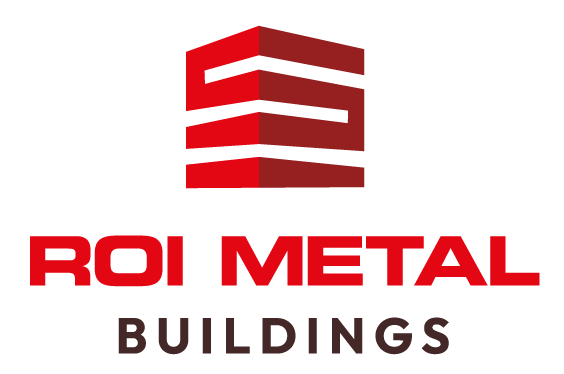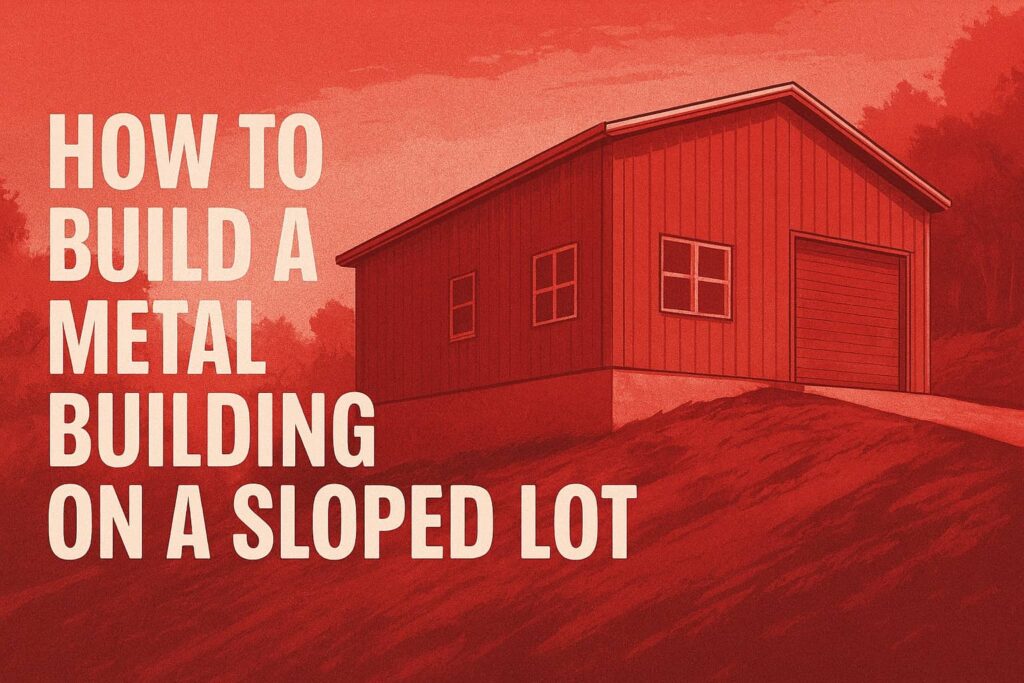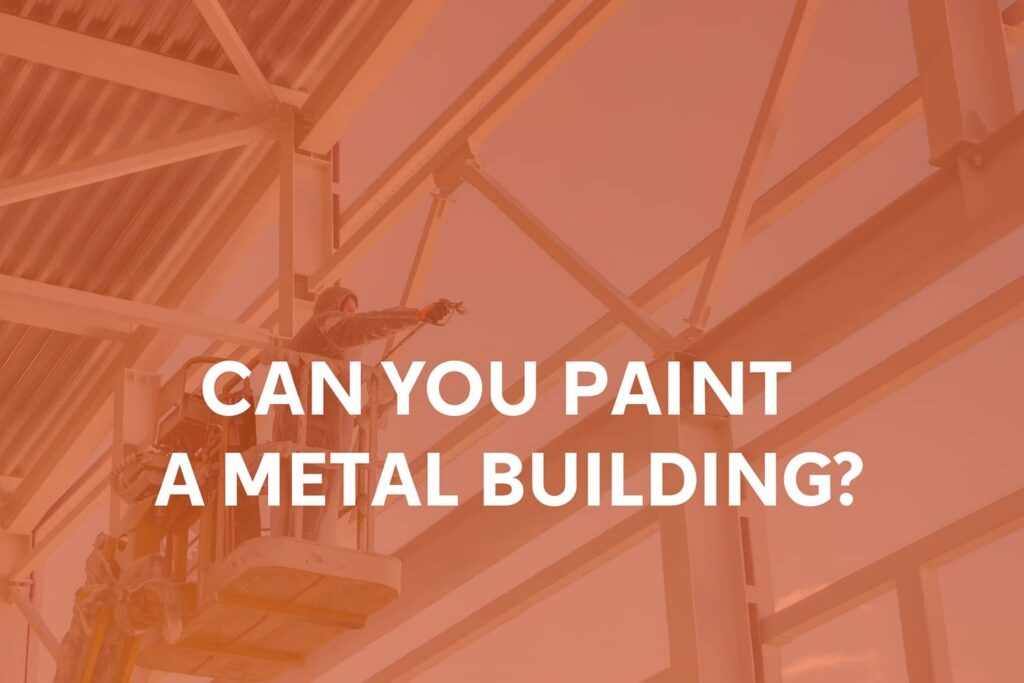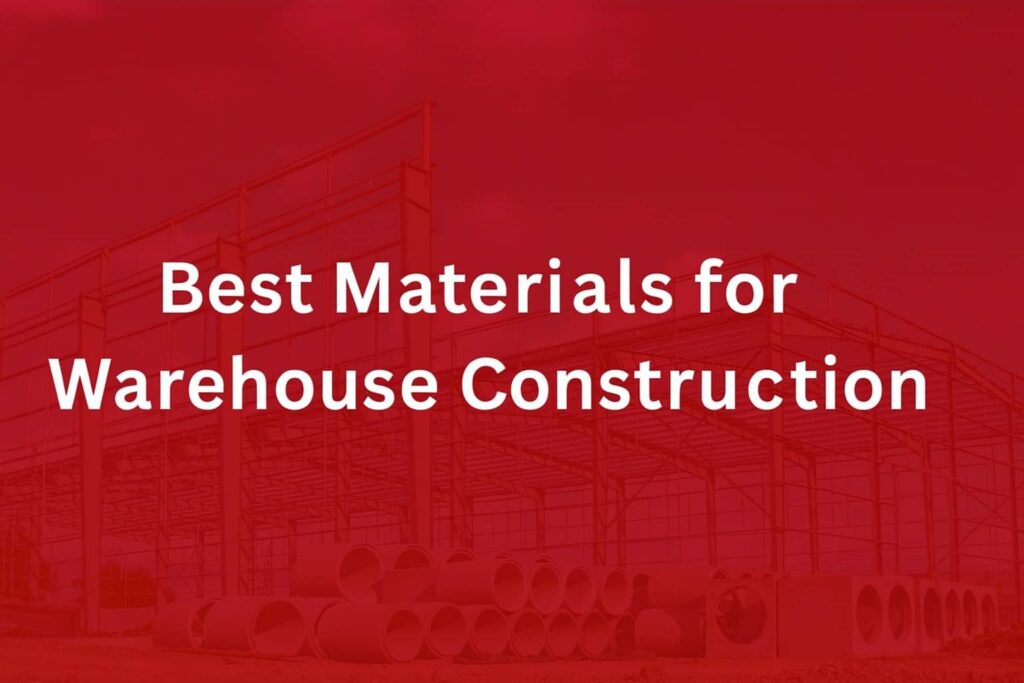What Is Flexible Construction? Futureproofing Metal Buildings
In today’s fast-changing world, buildings need to do more than just stand tall—they need to adapt. That’s where flexible construction comes in. Whether you’re designing a warehouse, workshop, or barndominium, flexibility in layout, infrastructure, and use can dramatically increase the value and longevity of your investment. Unlike traditional construction methods, flexible construction allows for easier adaptation and expansion, reducing downtime and costs. This approach benefits a wide range of industries and applications, from agriculture and manufacturing to commercial and residential projects.
Metal buildings, by design, are uniquely suited to this approach. Their modular components, clear-span interiors, and scalable infrastructure make them ideal for owners who want options—not limitations. Metal structures offer versatility for different applications, including barns, warehouses, and commercial spaces, making them suitable for various industry needs. The use of high-quality steel and materials, along with a robust steel frame, provides the adaptability and durability required for long-term performance.
Adaptability Drives Efficiency – Flexible construction allows metal buildings to be customized for a wide range of uses—from warehouses to hangars to homes. This adaptability reduces waste, shortens timelines, and lowers costs.
Modular Design Enables Scalability – Metal buildings benefit from modular components that can be expanded, reconfigured, or relocated. This makes them ideal for growing businesses or evolving site needs.
Sustainability Meets Strength – Flexible construction in metal buildings supports eco-friendly practices like recycling and energy efficiency, while maintaining durability against weather and wear.
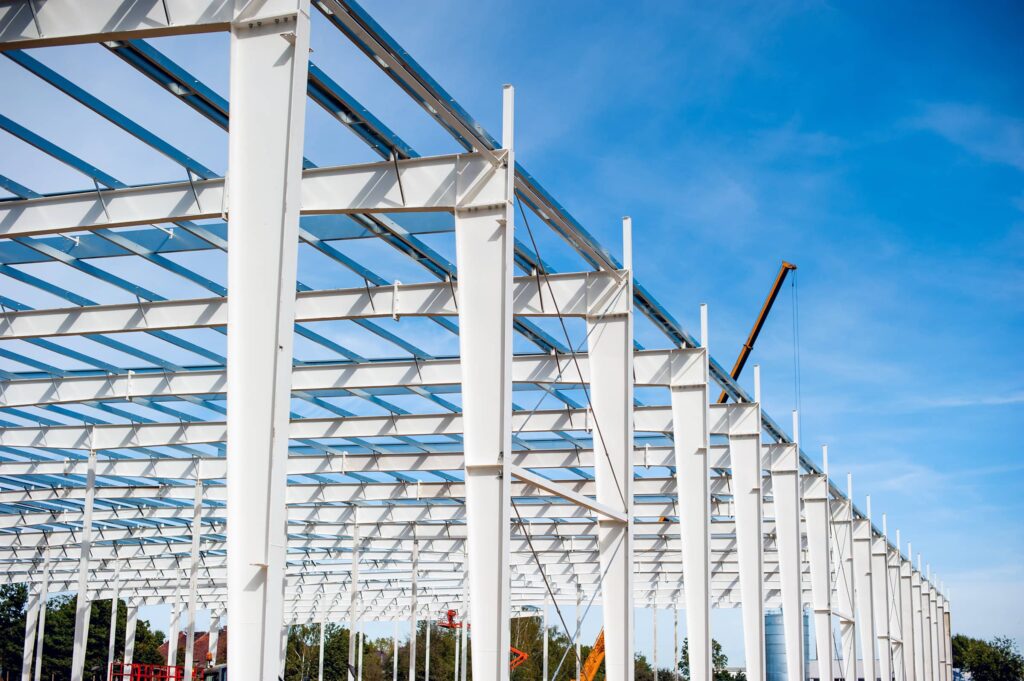
What Is Flexible Construction?
Flexible construction refers to building methods and design principles that allow a structure to evolve over time. Instead of locking in a single use or layout, flexible buildings are designed to accommodate:
- Modular components (walls, panels, doors)
- Clear-span framing (no internal load-bearing walls)
- Scalable infrastructure (electrical, plumbing, HVAC)
- Multi-use potential (storage, office, retail, living)
- Customizable options, including custom metal buildings and prefab metal buildings, with the ability to customize layouts, features, materials, colors, and sizes to meet specific requirements
- Structural frames that can be engineered for column-free interiors to maximize usable space
Flexible construction uses advanced building systems to meet diverse requirements, offering integrated solutions that adapt to various operational needs and applications.
Commercial Applications of Flexible Metal Buildings
Why Businesses Need Flexibility
Commercial operations evolve. A warehouse might become a distribution center. A workshop might add office space. Flexible construction allows businesses to scale, pivot, and repurpose without starting from scratch. This adaptability helps businesses meet the changing needs of their clients and customers, often exceeding expectations in various applications. Working with a building specialist can help ensure the best results for each business.
Design Strategies
- Open floor plans using clear-span framing
- Modular wall systems for reconfigurable layouts
- Utility planning for future zones (e.g., HVAC, plumbing)
- Door options that support access and flow (see Roll Up Door vs Swing Door)
- Incorporating mezzanines for additional interior space
- Considering the site and location when planning flexible construction
- Using high-quality materials for durability and low maintenance
- Designing spaces to securely store assets and inventory
Real-World Examples
- A metal warehouse that adds a retail showroom
- A self-storage facility that retrofits for climate-controlled units (see Self Storage Conversion)
- A flexible metal building used for manufacturing facilities, where clear spans are designed to cover large production areas, allowing for unobstructed workflow and efficient equipment layout.
These solutions are practically manufactured to meet specific operational needs, ensuring that each structure provides the right cover and functionality for its intended use.
Residential Applications of Flexible Metal Buildings
Why Homeowners Need Flexibility
Modern living isn’t static. Families grow, hobbies change, and remote work is here to stay. Flexible steel buildings provide peace of mind by ensuring your space can evolve with your needs, while also helping you save money through long-term durability and reduced maintenance costs. Flexible metal buildings allow homeowners to adapt without costly remodels.
Design Strategies
- Clear-span interiors for open-concept living
- Movable partitions and lofts
- Utility-ready zones for future plumbing or HVAC
- Exterior adaptability (porches, solar panels, carports)
- Steel construction for superior strength and easy expansion as your needs change
- Prefab metal buildings for quick installation and easy customization to fit a variety of uses
Real-World Examples
- A barndominium with convertible living/work space (see Can You Build a Barndominium with a Basement?)
- A garage that becomes a guest suite (see Exploring Customization Options for Metal Garages)
- A custom metal building home designed with advanced pre-engineered frames and strategically placed columns, creating open, flexible living areas that exceed homeowner expectations for both space and versatility.
- A metal home with phased expansion over time
Why Flexible Construction Matters
- Cost Savings: Avoid future demolition or major renovation
- Adaptability: Respond to changing business or lifestyle needs
- Sustainability: Reuse and repurpose instead of rebuild
- Resilience: Future-proof your investment against market shifts
Whether you’re planning a commercial facility or a personal retreat, flexible construction ensures your metal building grows with you—not against you. Versatile metal buildings can adapt to any matter of business or personal need, supporting a wide range of projects for decades.
Final Thoughts
Flexible construction isn’t just a design trend—it’s a strategic advantage. And metal buildings, with their modularity and durability, are the perfect canvas for it. By planning for adaptability from the start, you’re not just building for today—you’re building for every possibility tomorrow might bring. We take pride in delivering flexible building systems that meet every client’s needs and exceed customer expectations.
If you’d like to connect with a building specialist or contact us to discuss your project, we’re here to help you find the right solution for your customers and ensure your building systems are ready for the future.
